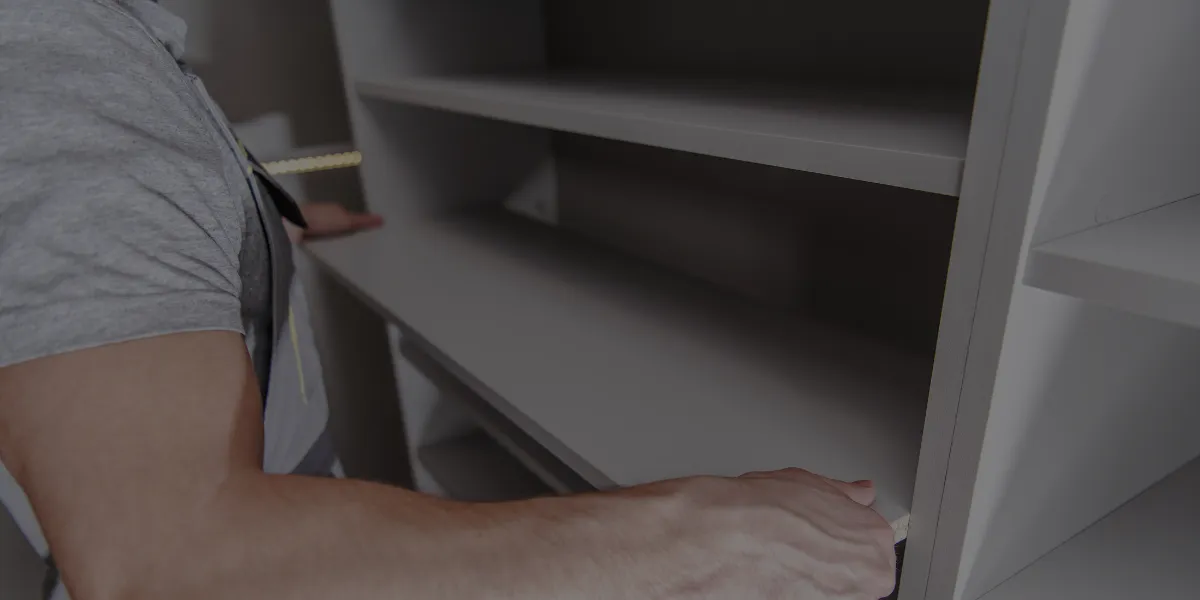
In a period of accelerating retail competition, the right equipment investment directly impacts store efficiency. For flexible layouts, rapid campaign changes, stock visibility and conversion, modular shelving stands out. From installation to maintenance, modular shelving delivers standardization and speed, providing maximum results with minimal disruption in both new openings and renovation projects. When designed correctly, it streamlines in-store flow, increases product accessibility and makes it easier to keep planograms up to date.
Modular shelving is built from compatible uprights, beams, shelf boards, perforated panels, hooks and accessory modules. Uprights with 25–50 mm hole spacing allow fast reconfiguration at different heights. The same chassis can easily present textiles, electronics, personal care or general merchandise. This flexibility accelerates planogram changes during seasonal shifts and promotions, saving labor and time. Its strategic value comes from increasing sales per square meter while keeping total cost of ownership under control.
With color, texture and form options that reflect corporate identity, modular shelving strengthens store cohesion. Wood claddings, glass shelves, wire grids, LED strip lighting and header panels elevate a premium perception. With gondola, wall and island variants, you achieve a consistent look from a single store to large networks. Using a standard palette through the RAL catalog prevents tone deviations across different production lots. Details such as internal cable channels, label rails and magnetic communication surfaces provide both aesthetics and operational order.
Safety is critical in high-traffic areas. The right thickness and surface quality ensure high load capacity and long life. DC01 steel or S235 profiles finished with electrostatic powder coating at 60–80 microns improve resistance to impacts and scratches. Modular shelving should be secured with anti-tip locking on shelves, rear tie beams and optional anchoring at the base. Load ratings must be calculated by category: longer spans with lower loads for apparel, shorter spans with higher loads for electronics and small appliances. In areas with high humidity or chemical vapor, choose stainless steel or special coatings.
Click-fit connections, pre-drilled uprights and standard module sizes speed up disassembly and reassembly for modular shelving. This is ideal for night operations or partial conversions in open stores. Part-level maintenance allows replacement of only the damaged component, reducing costs and downtime. For multi-site retailers, creating a scalable library of shelving SKUs that fits different store types simplifies supply chain management. During installation, make sure to verify leveling, wall and floor anchoring and compliance with safety standards.
With the right chassis depth, sightlines and lighting, modular shelving improves product distinctiveness. Eye-level shelves are primary sales zones. Positioning related items side by side for cross-sell raises basket size. Hanging accessories, dividers, facing strips and header cards ensure clear planogram execution. When lighting reduces shadows inside the shelf, colors look true and return rates fall. Use end-caps near exits for campaigns and slim gondolas in high-traffic zones for impulse products.
Electronic shelf labels, sensor-based counting and IoT temperature and humidity monitoring integrate easily on modular shelving. This enables real-time price updates and improves stock accuracy. Under-shelf LED strips generate low heat, reduce energy consumption and provide uniform illumination. Hidden channels and socket pockets meet safety standards and prevent visual clutter. With camera analytics you can measure product touches, hot zones and bay performance to optimize planograms.
Reusability of modular designs, long-life coatings and flat-pack logistics reduce carbon footprint. Part-level repair and upgrades cut waste and balance costs throughout the project life. Ensuring modular shelving components comply with standards such as RoHS and REACH supports corporate sustainability goals. Recyclable packaging and a knock-down logistics plan add advantages to reverse flows.
Map customer traffic and hot zones first. Define category-based product dimensions, stock depth and facings. Evaluate load requirements together with seismic and safety standards. Design lighting, labeling and sensor infrastructure to match modular shelving. Phase the installation schedule to avoid disrupting operations, preferring night installs or closed days. Finally, commission with trained teams using on-site checklists and prepare a planogram verification report.
For brands targeting campaign speed, category agility and operational efficiency, modular shelving is a smart choice. With the right configuration, safe installation and sustainable materials, you increase sales performance per store metric while keeping total costs predictable. As new categories are added or store formats change, the same infrastructure adapts easily, supporting growth strategies.